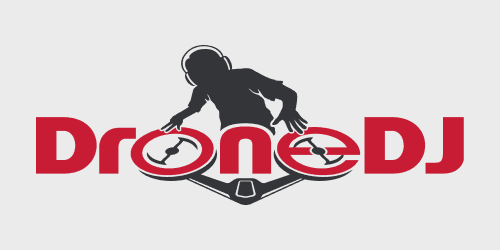
As a photographer, adding a DJI Mavic Mini to my gear locker felt like a final puzzle piece. I know I’m not alone in this feeling as many of my fellow photographer friends became pilots, as well, in the last year. But this doesn’t mean that we use our flying cameras just for drone photography and videography.
One reason for this slight phenomenon is an increase in client expectations. Reducing the skills of a photographer to just someone with lots of gear, there’s an assumption that videography is available for the asking. While I have invested in video gear like lights, a gimbal, clamps, arms, microphones and stands, my DJI Mavic Mini is up there at the top as a piece of video gear on offer. I previously wrote about my personal intro to drone life. Here are some ways that you, as a professional or hobbyist photographer, can find value in adding a drone to your bag of gear. And tricks.
A photographer’s intro to videography

While every photographer possesses video shooting capabilities in their DSLRs, it may be easier to use a drone as your first video shooting tool. One thing that DJI has done with their drones is made them out-of-the-box-ready to use. As opposed to figuring out which lens or menu settings to use, any DJI drone can capture stunning video on your first flight.
There’s no shame in using Auto settings on a drone. Sometimes it may actually be the best method to record the best quality video. I still bounce between manual and auto settings when I’m shooting video AND stills. My interest in and study of video and film started when I got my old Mavic Mini. It was the inspiration I needed to dig deeper into the craft and skill. Drone photography and videography have helped me learn, even when I have my DSLR in my hands instead of a controller.

New offerings through drone photography and videography
I comb through LinkedIn and even Facebook looking for new clients and opportunities. The most consistent paid photography work I find is real estate and weddings, with senior and family portraiture behind that. Real estate drone photography and videography is a given and likely a saturated market in larger cities. A large number of wedding photographers have entered the drone game with stunning results. But a drone-shot portrait? Why not? Is it gimmicky? Not yet. And a savvy shooter will find new ways to turn a drone portrait into art. And maybe, commerce.

The ultimate studio light and stand
In the coming weeks, I will have a piece on a photographer who uses a Phantom to light paint objects for his long exposure and astrophotography composites. This genius idea can be extended to all photographers. Based on some quick and possibly untrustworthy research, people have used a Mavic Mini 2 to lift almost 300 grams. A single Lume Cube weighs less than 100 grams. Attaching it is a different story and I certainly do not recommend that any Mini pilot try this. As I have said in previous articles, attaching anything more than a good intention to a DJI Mavic Mini will take it over 250 grams and into different regulatory laws. But for DJI pilots with larger drones, Lume Cube has special kits for their lights, as does Litra. How, exactly to use a drone to light your photo? Well, that’s up to the photographer and their creativity outside of drone photography and videography.

The perfect location scout
Whether you’re setting up a portrait shoot with a client or a stunning landscape, knowing your location is extremely important. Having a plan B for when plan A goes sideways is important to get the shot or nail the session. Having an aerial shot of the location just from a few dozen feet up will help. As well, being able to see a 100 ft. radius can figure out your plan B. And of course, maybe this aerial recon determines that the best way to get the shot is to ditch the DSLR and just use your drone to shoot your landscape photo.
From drone photography and videography to learning tool
The bigger picture covered here is an artist’s requirement to keep working, not only to be creative but to add skills. Even the pursuit of new directions will broaden one’s creativity. In this instance, I’m recommending drones to not only find new direction in artistic imagination but to be able to earn more as an artist. Even in something that seems bland and basic like real estate drone photography, there can be style and skill that combine into art. Maybe it’s not drone photography and videography that opens the doors to new ideas and income sources. Perhaps it’s hand lettering or textile design that brings inspiration and income. Whatever your reality as a creative is, an underlying lesson here is that there’s no dog too old to learn a new trick. Even if it’s flying.
FTC: We use income earning auto affiliate links. More.




Comments